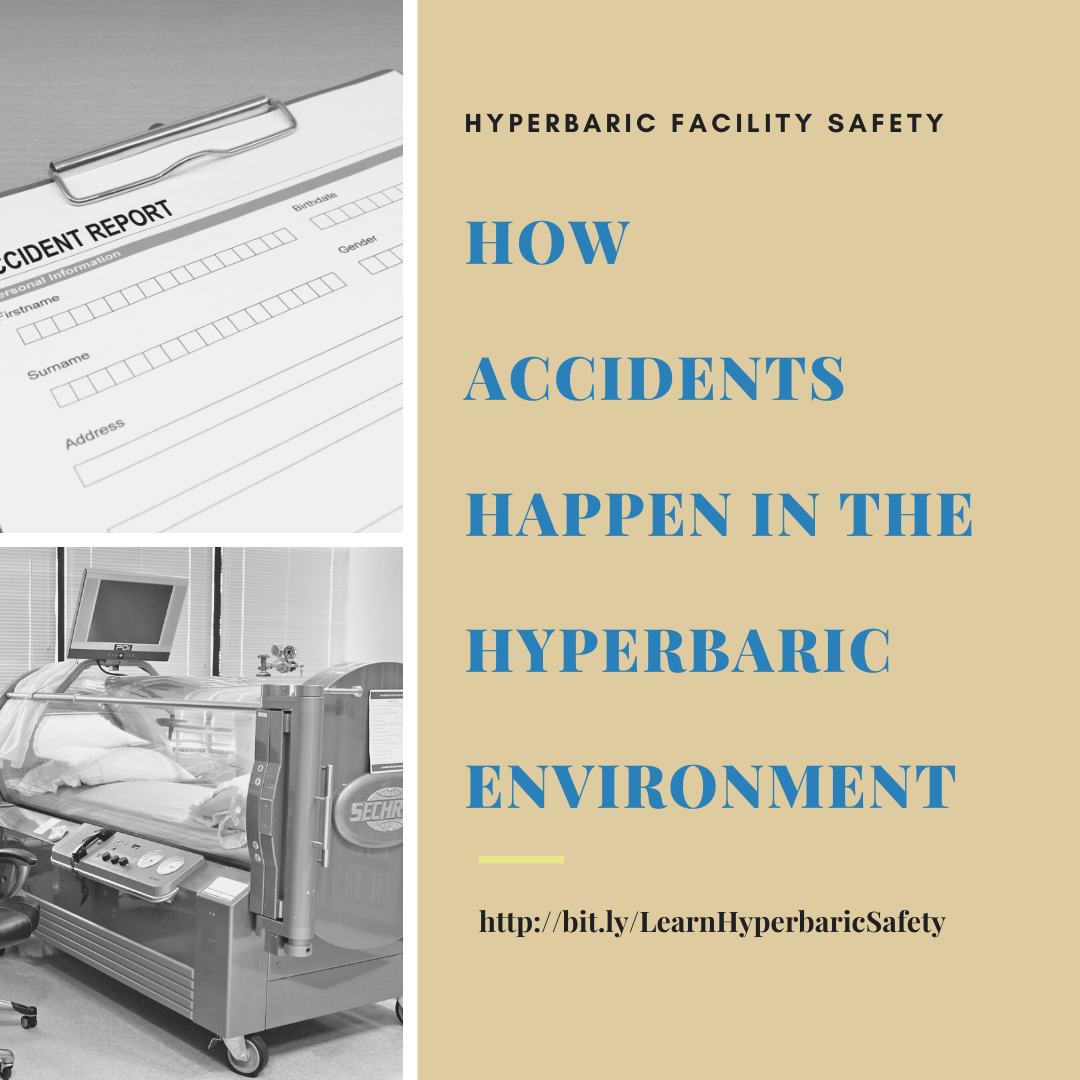Winter time seems appropriate for re-introducing "Cold Water Diving: A Guide to Ice Diving" especially for those of you who experienced last week's nationwide cold snap. John Heine, experienced writer, Diving Safety Instructor, and Polar Programs officer, has been diving in the cold waters of the Arctic and Antarctic for decades. Safe to say this little guide to ice diving is a MUST for anyone wanting to face frigid waters. https://www.bestpub.com/.../442.../category_pathway-42.html
DEPTH Blog
WEEKLY WINDUP
SCHEDULING SUCCESS IN 2025
Authentic and personal connections are more important than ever in life and in business. This year take the time to register for events that will enhance your education, network, and positive mindset.
KIDS HOLIDAY HELPER: School will be on break in just a few days so, keep the kids active and learning with Paul Mila's Harry Hawksbill Sea Turtle Adventure Series.
Coming in 2025 BPC will be rolling out a new "Diver Education Partner" program!
We hope you got to see our Booth Reps, Alyson and Beth last week at DEMA Show in Las Vegas, NV (pictured below). Best Pub Co was at DEMA Show talking to dive business owners about how to establish a new income stream by reselling our books.
Attention Dive Shops & Dive Pros! We're sharing a sneak peek at a new book bundle for distributors that will be rolled out at DEMA Show 202 - it's called the Open Water Scuba Diver Certification Supplemental Book Set.
If you ever have the opportunity meet Hal Lomax in person, you're in for a treat. Hal is a fascinating human with a rich life story around the sea and commercial diving, and one of the nicest and most humble people you'll ever meet.
Skin is an integumentary system at the interface between the human organism and its environment. The boundary limits of skin are found at its transition to mucosal surfaces of the respiratory, alimentary, and urogenital systems; at the conjunctival epithelium of the eye; at the ductal epithelium of the lacrimal and mammary ducts; and at the tympanic membrane of the ear.
For some accidents there is a "smoking gun". However, most accidents are caused by a combination of factors, each of which contributes in some manner. Often these factors accumulate over some period of time preceeding the accident. This chapter addresses the factors that foster conditions under which accidents are more likely to happen and discusses some of the steps to be taken to avoid them. Also included is a case history illustrating several of the factors.
Alese Pechter, an icon of the scuba diving industry, has left a legacy of love, joy, and constant wonder at the world around her.
We had entered a dense fog bank! I had a rather helpless feeling, as a boy of 18, guiding 2,300 tons of steel into the unknown at ten knots, with no way of notifying anyone. Fortunately after a few minutes, which seemed like an eternity, the mate returned to the bridge. Flipping on the radar on the port side of the wheelhouse, he remarked, "Looks like we've got a bit of thick weather." He stepped out on the bridge wing and blew his police whistle to alert Kalle Holm, my watch partner. Kalle immediately stuck his head over the top of the bridge ladder and was ordered to the bow to stand lookout.
When the radar had warmed up, the mate said, "Looks like we've got another ship out there. Give her five degrees starboard."
I heard the ship's bell strike three times . . . It was the other ship's bow lookout and we were directly in his path! I saw a huge bow as high as our wheelhouse loom out of the fog!"
The above is just one of the hair-raising experiences described by Dr. Kindwall as he writes of his time in the merchant marines, and via Yale and Harvard, running a safe-house for the CIA, submarine school, patrol on an early Polaris nuclear submarine, and work with "sandhogs" in compressed air tunnel construction.
Find more details here about the book, "Unexpected Odyssey, From Merchant Sailor to Hyperbaric Physician" by Eric P. Kindwall, MD
In many hospitals that treat hyperbaric patients, the task at hand is getting the infection control policy makers to understand that many of the hospital-based disinfectants cannot safely be used on the acrylics of both multiplace and monoplace chambers. The most-asked question is, “What can now be used to disinfect acrylic chambers?” With the increasing concern over nosocomial infections and the possible effect they have on patient outcomes, keeping the hyperbaric chamber infection free is a major concern for all. On page 274 of Hyperbaric Facility Safety: A Practical Guide, 2nd Edition you can find the most current list of disinfectants that can used on the acrylic portion on both multiplace and monoplace chambers, and the products that have been identified acceptable for use on acrylic hyperbaric chambers for infection control.
Although the incidence of clostridial myonecrosis infections has dropped precipitously in recent decades, it always remins a threat in injuries where contamination and severe tissue disruption have occurred. The decreased incidence of clostridial myonecrosis is attributed to the increased diligence of clinicians in preventing clostridial organisms from proliferating. This has been realized through the immediate initiation of antibiotics in open injuries, the use of prophylactic antibiotics in surveries, and the appreciation of the value of meticulous debridements in injuries where amssive contamination (e.g., farm-related), severe trauma to tissues (e.g., combat-related), and tissue death from hypoxia have occurred.
Carbon monoxide exposed patients commonly present with nonspecific symptoms that mimic influenza-like illnesses (Table 1). Symptoms typically include headache, dizziness, nausea, vomting, weakness, and fatigue. The most common symptom reports is headache.
Dr. Michael Strauss received the inaugural Best Publishing Company Lifetime Achievement Award on Thursday, June 28, 2018. The award was presented during the UHMS Annual Scientific Meeting in Orlando, Florida.
Our friends and colleagues at the Undersea and Hyperbaric Medical Society (UHMS) invite you to enjoy a complimentary copy of Pressure, the Society's bimonthly newsletter. |
Dan Orr, author of Scuba Diving Safety, recently returned from a trip to Antarctica. He shared these two videos for BestKids Club members to enjoy.











